Rising Demand for Organic Spices
The spices market in Germany is experiencing a notable shift towards organic products. Consumers are increasingly prioritizing health-conscious choices, leading to a surge in demand for organic spices. According to recent data, the organic segment is projected to grow at a CAGR of approximately 8% over the next five years. This trend is driven by heightened awareness of the benefits of organic farming practices, which are perceived to be more sustainable and environmentally friendly. As a result, retailers are expanding their organic offerings, which is likely to enhance the overall growth of the spices market. The increasing availability of organic spices in supermarkets and specialty stores further supports this trend, catering to the evolving preferences of health-oriented consumers.
Growth of the Food Service Sector
The food service sector in Germany is experiencing robust growth, which is positively impacting the spices market. As restaurants and catering services expand, the demand for a diverse range of spices is increasing. Recent statistics suggest that the food service industry is projected to grow by 5% annually over the next few years. This growth is driven by changing consumer preferences for dining experiences and the rising popularity of international cuisines. Consequently, food service providers are seeking to enhance their menus with unique spice offerings, thereby driving sales in the spices market. The collaboration between spice suppliers and food service operators is likely to foster innovation and introduce new flavors to the market.
Increased Focus on Sustainability
Sustainability is becoming a critical consideration within the spices market in Germany. Consumers are increasingly aware of the environmental impact of their purchasing decisions, leading to a demand for sustainably sourced spices. This shift is prompting companies to adopt more responsible sourcing practices, including fair trade and eco-friendly certifications. Recent surveys indicate that approximately 60% of German consumers are willing to pay a premium for sustainably sourced products. This trend not only aligns with consumer values but also enhances brand loyalty. As a result, businesses in the spices market are likely to invest in sustainable practices, which could lead to a more resilient and ethically responsible industry.
Culinary Innovation and Experimentation
Culinary innovation plays a pivotal role in shaping the spices market in Germany. Chefs and home cooks alike are increasingly experimenting with diverse spice blends and flavors, driven by a desire to create unique and memorable dishes. This trend is reflected in the growing popularity of fusion cuisine, which combines elements from various culinary traditions. Market data indicates that the demand for specialty spice blends has risen by approximately 15% in the past year alone. As consumers seek to elevate their cooking experiences, the spices market is likely to benefit from this creative exploration. Furthermore, cooking shows and social media platforms are amplifying this trend, inspiring individuals to incorporate a wider variety of spices into their meals.
Technological Advancements in Spice Processing
Technological advancements in spice processing are significantly influencing the spices market in Germany. Innovations in processing techniques, such as improved drying and grinding methods, are enhancing the quality and shelf life of spices. These advancements are crucial for maintaining flavor integrity and nutritional value, which are increasingly important to consumers. Market analysis indicates that the adoption of advanced processing technologies could lead to a reduction in production costs by up to 20%. This efficiency not only benefits manufacturers but also allows for competitive pricing in the spices market. As technology continues to evolve, it is likely to drive further growth and innovation within the industry, meeting the demands of a discerning consumer base.


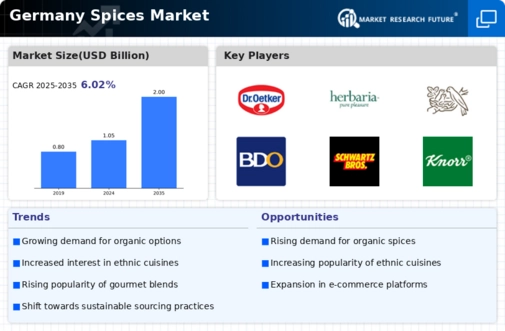
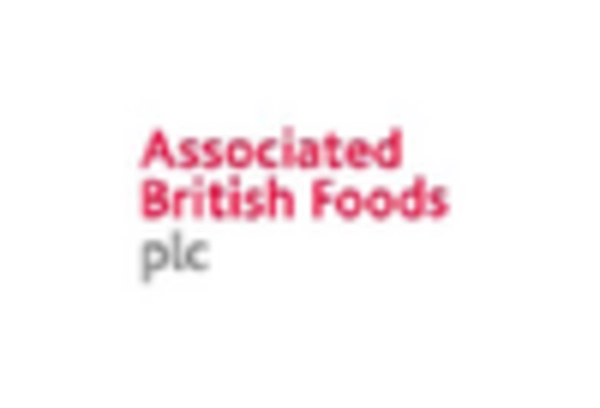


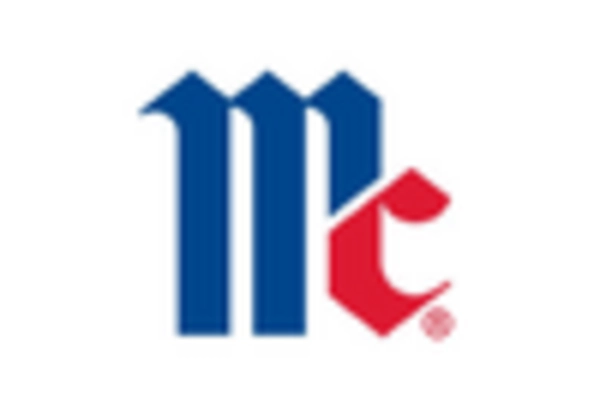
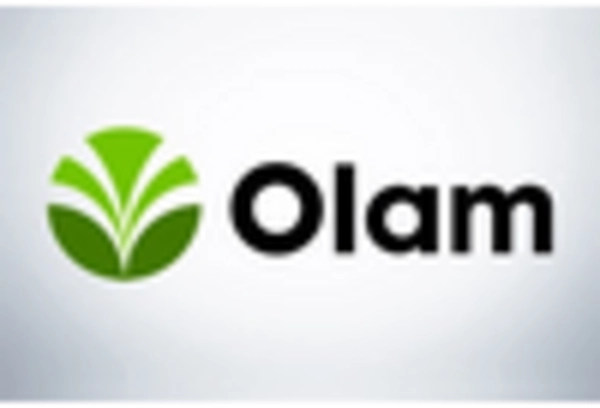
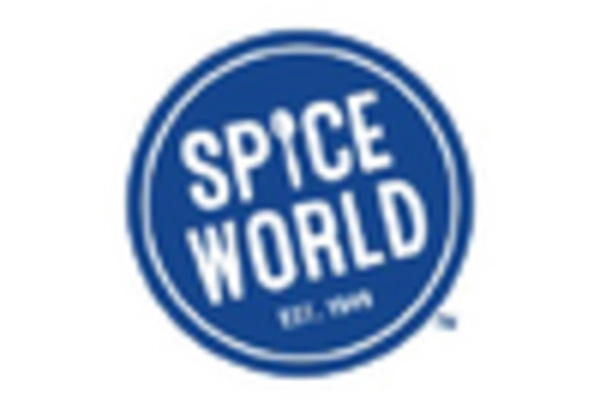








Leave a Comment